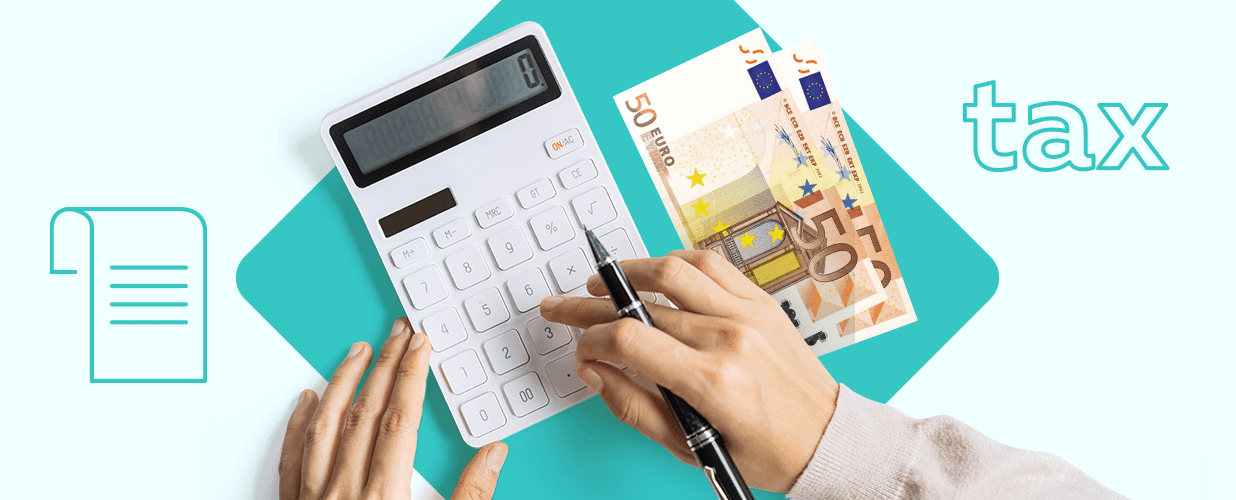Navigating the labyrinthine world of tax refund claims across the European Union can be a daunting task, especially for businesses and individuals operating in multiple countries. The complexity is compounded by the fact that each member state has its own set of regulations, procedures, and timelines. This article aims to demystify the process by focusing on three major EU economies: Germany, France, and Italy. By understanding the key procedures in these countries, taxpayers can better manage their claims and ensure compliance.
Navigating Tax Refund Claims Across the EU: An Overview
The European Union offers a relatively harmonized framework for Value Added Tax (VAT) refunds, but the specifics can vary significantly from one country to another. Generally, non-resident businesses that incur VAT in an EU member state can claim a refund, provided they meet certain conditions. These include not having a permanent establishment in the country where the VAT was incurred and using the goods or services for business purposes. However, the devil is in the details, and understanding these nuances is crucial for a successful claim.
For instance, the EU’s VAT refund directive (Directive 2008/9/EC) lays down the rules for claiming VAT refunds across member states. Under this directive, businesses can submit their claims electronically through their home country’s tax portal, which then forwards the claim to the relevant member state. While this streamlined process is beneficial, each country still retains the right to request additional documentation or clarification, making it essential for claimants to be well-prepared.
Practical examples highlight the importance of understanding local regulations. For instance, a UK-based company attending a trade show in Germany might incur significant VAT on expenses like booth rental and accommodation. To reclaim this VAT, the company needs to navigate both the EU’s overarching rules and Germany’s specific requirements, such as providing original invoices and detailed descriptions of the expenses. Similar scenarios can arise in France and Italy, where local nuances can significantly impact the refund process.
Key Procedures in Germany, France, and Italy Explained
Germany
In Germany, the VAT refund process for non-EU businesses involves submitting an application to the Federal Central Tax Office (Bundeszentralamt für Steuern). The application must be submitted by September 30th of the year following the refund period. Claimants need to provide original invoices, proof of payment, and a certificate of tax residency. Germany is known for its thorough scrutiny of claims, often requiring detailed descriptions of the business activities related to the expenses.
For example, a US-based consultancy firm that incurred VAT on hotel stays and client meetings in Germany would need to meticulously document each expense. The firm must ensure that all invoices are in compliance with German regulations, which include specific details like the VAT rate and the supplier’s tax number. Failure to provide complete documentation can lead to delays or even rejection of the claim.
Germany also allows for partial refunds if the claimant cannot provide all necessary documentation within the deadline. This is particularly useful for businesses that may have misplaced invoices or are waiting for suppliers to correct errors. However, the partial refund process involves additional administrative steps, making it crucial for claimants to stay organized and proactive.
France
France’s VAT refund process is managed by the Direction Générale des Finances Publiques (DGFiP). Non-EU businesses must submit their claims by September 30th of the year following the refund period, similar to Germany. However, France requires that all invoices be translated into French, and the refund application must be submitted in French as well. This linguistic requirement can pose a significant hurdle for non-French-speaking businesses.
For instance, a Canadian tech company that attended a conference in Paris would need to translate all its invoices and submit the application in French. The company must also provide a certificate of tax residency and a detailed description of the business activities related to the expenses. France is particularly stringent about the accuracy and completeness of the documentation, often requesting additional information or clarification.
Moreover, France has a unique requirement for electronic invoices. If the supplier issued an electronic invoice, the claimant must ensure that it complies with French electronic invoicing standards. This includes specific formatting and digital signature requirements, adding another layer of complexity to the refund process.
Italy
Italy’s VAT refund process is overseen by the Agenzia delle Entrate. Non-EU businesses must submit their claims by September 30th of the year following the refund period. Italy requires that all invoices be in Italian or accompanied by a certified translation. Additionally, Italy has specific rules regarding the types of expenses eligible for refunds, often excluding certain categories like entertainment and luxury expenses.
For example, an Australian marketing firm that held a promotional event in Rome would need to ensure that all its invoices are translated into Italian. The firm must also provide a certificate of tax residency and detailed descriptions of the business activities related to the expenses. Italy is known for its rigorous verification process, often requiring claimants to provide additional documentation or attend interviews.
Italy also mandates that the refund application be submitted electronically through the Agenzia delle Entrate’s online portal. This can be challenging for businesses unfamiliar with the Italian tax system, requiring them to either navigate the portal themselves or hire a local tax advisor. The electronic submission process is designed to streamline claims but can be cumbersome for those not well-versed in Italian administrative procedures.
Successfully handling multiple tax refund claims across the EU, particularly in Germany, France, and Italy, requires a thorough understanding of both the overarching EU directives and the specific national regulations. By staying organized, preparing comprehensive documentation, and possibly seeking local expertise, businesses can navigate these complex processes more effectively. While the journey may be fraught with challenges, the potential financial benefits make it a worthwhile endeavor for companies operating in multiple EU member states.
